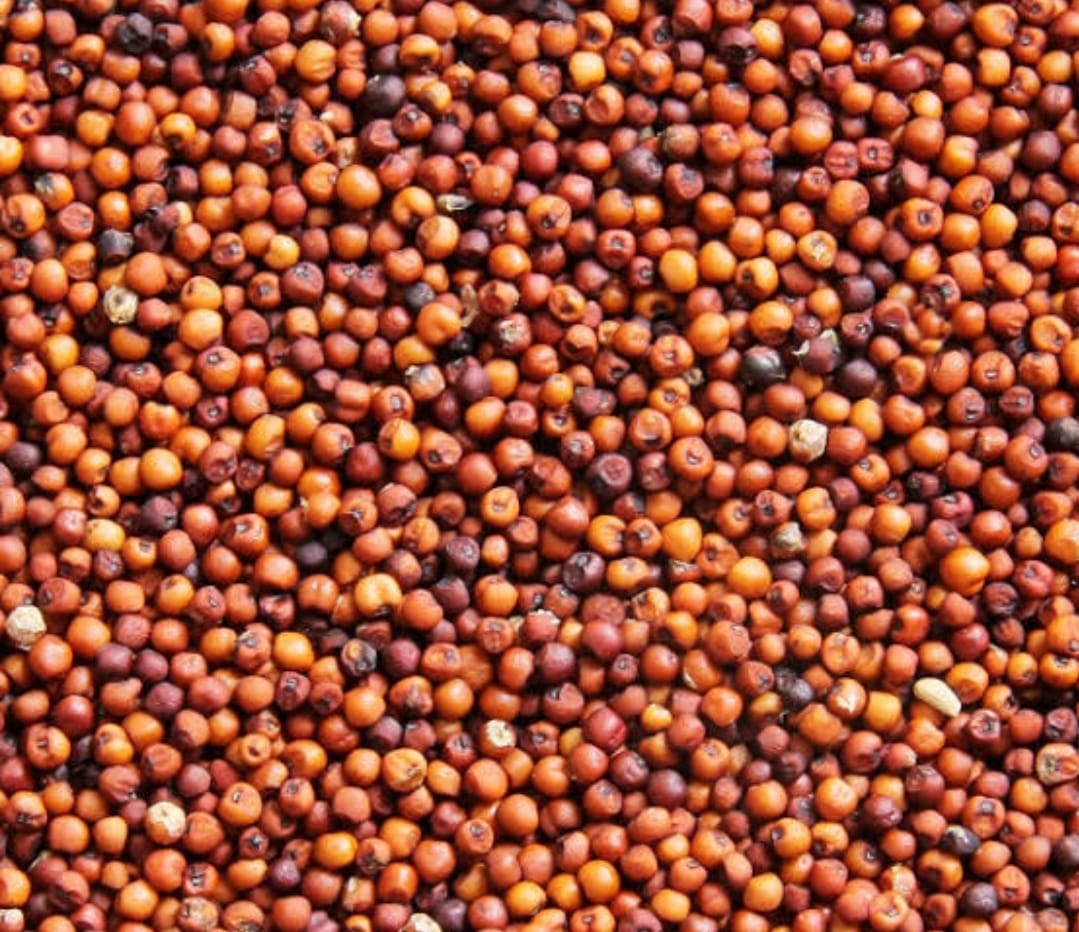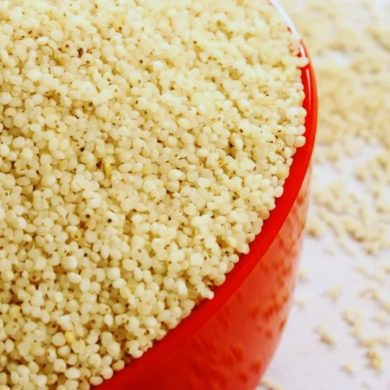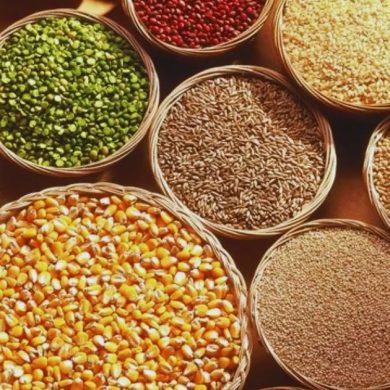No products in the cart.
Return To ShopMillets the Healthiest Food: Know Why?
Millets (cereal crops) are seed grasses found in semi-arid tropical regions of Asia and Africa. Initially used as animal fodder, it eventually became a popular food grain across the world. Millets are annual warm-weather cereals composed of tiny grains linked to grass. Although the larger word is millet, there are other varieties of millet available. Jowar, Bajra, Ragi, and other millets are among the most widely used, particularly in India.
What type of food are Millets?
Millets have several health advantages, including lowering blood sugar and cholesterol levels. They are also gluten-free, allowing persons with celiac disease or gluten sensitivity to enjoy them. Millets are a kind of cereal grain that belongs to the Poaceae family, sometimes called the grass family.
Types of Millets
Millets are available in different types. Some of these are as follows:
- Sorghum Millet (Jowar)
- Proso Millet (Chena / Barri)
- Pearl Millet (Bajra)
- Foxtail Millet (Kakum / Kangni)
- Finger Millet (Ragi)
- Browntop Millet (Korle)
- Barnyard Millet (Sanwa)
- Little Millet (Moraiyo)
- Buckwheat Millet (Kuttu)
- Amaranth Millet (Rajgira)
- Kodo Millet
-
Sorghum Millet (Jowar)
It is commonly called Jowar in India. Some types of sorghum are used to produce ethanol.
-
Proso Millet (Chena / Barri)
Also called broomcorn millet, mostly found in the drier regions of Asia, Australia, Africa, Europe, and North America. It can grow in less water.
-
Pearl Millet (Bajra)
This crop is known as Bajra, mostly grown in Gujarat, Rajasthan, Maharashtra, Uttar Pradesh, and Haryana.
-
Foxtail Millet (Kakum / Kangni)
Foxtail millet, also known as Italian millet, is typically grown in semi-arid regions.
-
Finger Millet (Ragi)
Ragi millet is famous because of its nutritious value. It is one of the most widely farmed millets, and ragi flakes are commonly used in infant feeds.
-
Browntop Millet (Korle)
What distinguishes this millet is its ability to thrive in less rich soil.
-
Barnyard Millet (Sanwa)
Its unique feature is that it flourishes even on marginal terrain.
-
Little Millet (Moraiyo)
This millet may be cultivated readily in wet or dry conditions.
-
Buckwheat Millet (Kuttu)
Buckwheat is one of the most popular types of millet. It reduces blood pressure and is diabetic-friendly. It is good for your cardiovascular health, and you should include it in your diet if you want to reduce weight.
-
Amaranth Millet (Rajgira)
Amarnath, also known as Rajgira, is an excellent source of protein and dietary fiber. It is ideal for maintaining a well-balanced diet.
-
Kodo Millet
Kodo millet is a digestible kind of millet that includes more of the amino acid lecithin. It helps to strengthen the nervous system.
Benefits of eating Millets
- Millets help with digestive health by controlling bowel movement, having fiber akin to rolled oats, and encouraging the growth of probiotics in the microbiome, which improves gut health and immunity.
- Millets are ideal for those with gluten sensitivity since they are gluten-free cereals, providing a safe option for those who cannot handle gluten in their diet.
- Millets promote heart health by providing magnesium, which strengthens the circulatory system, and boosting the amount of the protein adiponectin, which protects cardiovascular tissues.
- Millets improve mood because of their high content of the amino acid tryptophan, making them useful for people suffering from anxiety or sadness.
- Millets can aid with weight management, making them ideal for people who are obese or overweight.
When to Avoid Eating Millets?
Nutritionists do not suggest millet diets just because of their low carbohydrate and high protein content. Here’s why:
- Nutritionists recommend consuming millets in moderation since excessive intake might pose health hazards and impair thyroid gland function.
- Phytic acid in millet can impede potassium, calcium, iron, zinc, and magnesium (if ingested in excess).
- Millets have more oxalate than other cereals, making them an unsuitable choice for those aiming to limit their oxalate consumption.
However, if you lead a healthy lifestyle, you may avoid Millet’s negative side effects by eating a well-balanced diet. Furthermore, soaking, washing, and boiling millet can greatly lower its antinutrient content.








Add comment